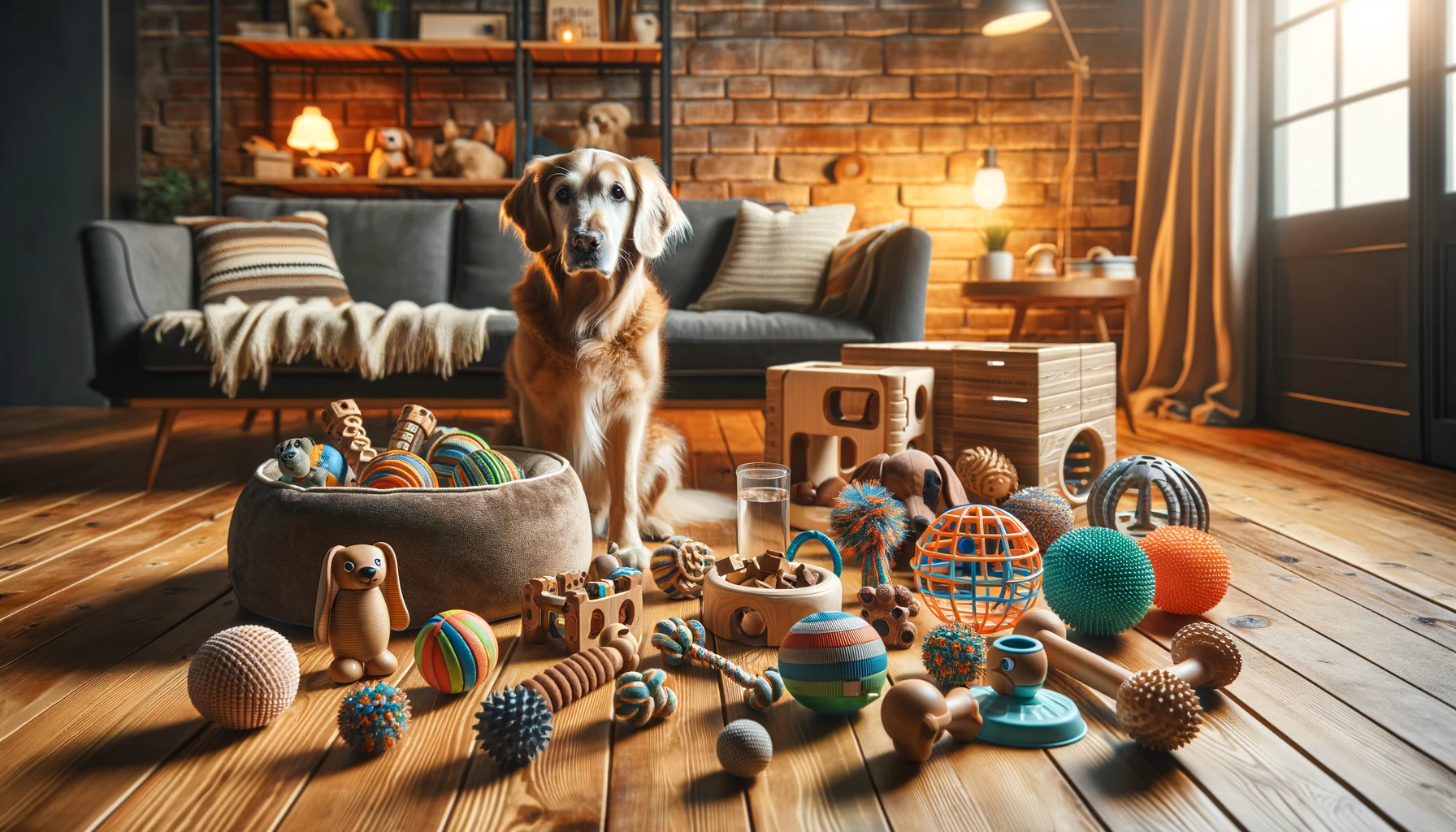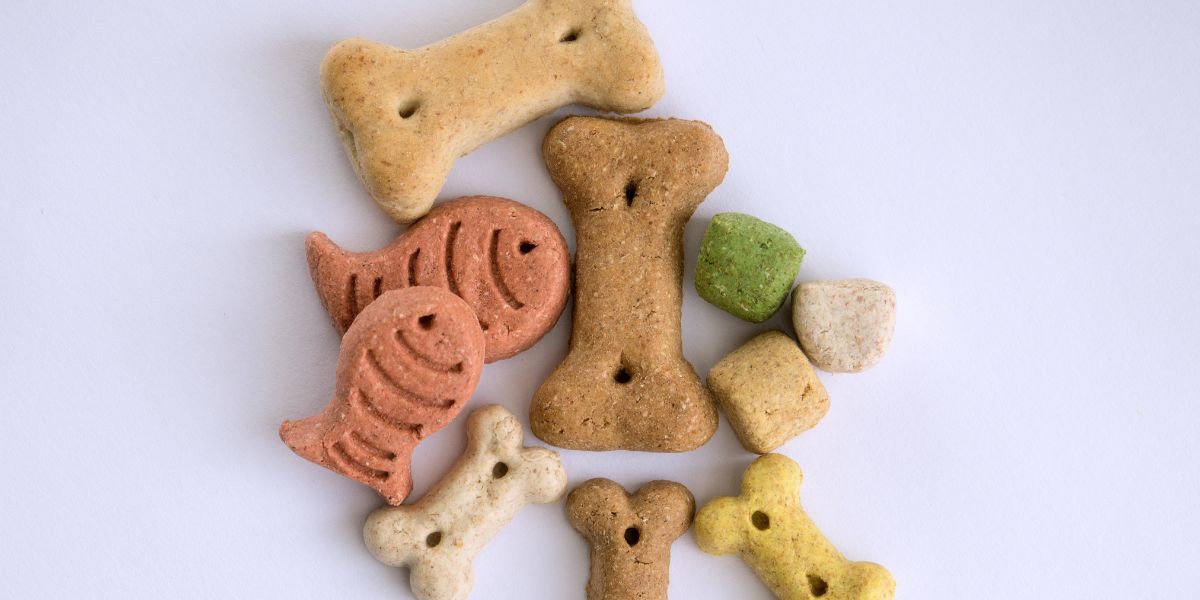Unleash the power of positive reinforcement with clicker training – a revolutionary method that has been transforming the way we train our four-legged companions. Clicker training isn’t just about teaching tricks; it’s a pathway to building strong bonds and fostering mutual understanding between you and your furry friend. But where did this innovative approach stem from?
Diving into the origins of clicker training unveils an intriguing history intertwined with behavioral science. Developed by marine mammal trainers in the 1940s, this technique was initially used to train dolphins through precise marker signals. Over time, its effectiveness transcended aquatic realms and found its way into dog training, where it garnered acclaim for its gentle yet remarkably efficient outcomes. Today, clicker training stands as a beacon of modern canine education, offering a harmonious alternative to outdated dominance-based methods.
Embark on a journey beyond conventional training doctrines as we delve deeper into the essence of clicker training – an art form that elevates communication, nurtures trust, and cultivates intelligence in your canine companion like never before. Join us as we unravel the secrets behind this transformative methodology and unlock new possibilities in your bond with man’s best friend.
How Does Clicker Training Work?
At the core of clicker training lies the powerful principles of operant conditioning. This theory, developed by behaviorist B.F. Skinner, emphasizes that behaviors are influenced by their consequences. In the context of dog training, this means that dogs learn to associate specific actions with outcomes based on reinforcement or punishment.
Clicker training focuses on positive reinforcement, where a desired behavior is followed immediately by a reward (such as treats or praise) paired with the distinct sound of a clicker. The magic happens when the dog makes the connection between their action and the positive consequence, leading them to repeat the behavior in anticipation of another reward.
Timing is not just crucial in comedy; it’s also paramount in clicker training! The precision with which you mark and reward your dog’s actions can make all the difference in shaping their behavior effectively. Picture this: your furry friend sits on command, you press down on your trusty clicker at that precise moment they achieve success – *click!* – followed instantly by praise and maybe a tasty treat.
This immediate feedback communicates clearly to your pup exactly what they did right, reinforcing those good behaviors for future reference. It’s like capturing a snapshot of exemplary conduct and handing out rewards pronto – an instant boost for learning without any confusion about what earned them such delightful consequences.
Benefits of Clicker Training
Clicker training is a powerful tool that encourages positive behavior in dogs through the use of rewards. By associating the sound of a click with a tasty treat or praise, dogs quickly learn which behaviors lead to a reward.
This positive reinforcement method not only helps in teaching commands and tricks but also fosters good manners and desirable habits in dogs. When a dog understands that certain actions result in rewards, they are more likely to repeat those behaviors, leading to improved obedience and overall well-being.
One of the most overlooked benefits of clicker training is how it strengthens the bond between dog and owner. Unlike traditional training methods that rely on correction and punishment, clicker training focuses on communication, trust, and mutual understanding. The consistent reward-based approach creates an environment where dogs feel safe to explore new behaviors without fear of reprimand.
This collaborative learning experience enhances the relationship between dog and owner, deepening their connection as they work together towards common goals. Through shared successes and challenges, both parties grow closer and develop a unique rapport built on positivity and trust.
Getting Started with Clicker Training
When embarking on the journey of clicker training your dog, one of the key decisions you’ll need to make is choosing the right clicker. Clickers come in various shapes, sizes, and designs, but what matters most is finding one that feels comfortable in your hand and produces a distinct sound that can be easily heard by your furry companion.
Some clickers offer adjustable volume settings or different pitch tones, allowing you to customize the sound based on your dog’s preferences. Remember, consistency is key when using a clicker as a marker for desired behavior, so ensure that you select a clicker that complements your training style and fits seamlessly into your routine.
In addition to having the perfect clicker at hand, selecting appropriate treats plays a crucial role in the success of clicker training. Treats should be highly palatable yet small enough to be consumed quickly during training sessions without causing delays. Opt for treats that are soft and easy to chew so that your dog can swiftly enjoy their reward before refocusing on learning new behaviors.
Consider using a variety of treats to maintain your dog’s interest and motivation throughout training sessions; mix up flavors or textures to keep them engaged and eager to earn more clicks and treats. By choosing enticing rewards tailored to your dog’s preferences, you’re setting the stage for productive and enjoyable clicker training sessions filled with positive reinforcement moments between you and your beloved canine companion.
Techniques for Successful Clicker Training
Charging the clicker is a fundamental step in the process of clicker training that sets the groundwork for effective communication between you and your dog. This simple yet crucial technique involves pairing the sound of the clicker with a tasty treat to create a positive association.
By consistently clicking and rewarding your dog immediately afterwards, you are conditioning them to understand that the sound of the click signifies something good coming their way. This primes them for learning as they eagerly anticipate each click as a signal for successfully performing a desired behavior.
Moving beyond charging the clicker, shaping behaviors is where the real magic of clicker training happens. Instead of waiting passively for your dog to perform an exact desired behavior, shaping allows you to gradually shape and refine their actions towards your ultimate goal. Start by rewarding any small steps in the right direction towards the behavior you want, gradually shaping these approximations until they match your criteria.
This method encourages dogs to think creatively, problem-solve, and actively participate in their own learning process, which ultimately leads to more reliable behaviors long term. With patience, consistency, and clever shaping strategies, you’ll witness firsthand how this tailored approach can unlock your dog’s potential and strengthen your bond through shared achievements during training sessions.
Common Mistakes to Avoid in Clicker Training
Consistency is key when it comes to clicker training your dog. One of the common mistakes that dog owners make is being inconsistent with their use of the clicker.
Dogs thrive on routine and predictability, so if you are not consistent with when you click and treat, your dog may become confused and frustrated. Make sure to always mark the desired behavior with a click followed by a reward, reinforcing the positive association between the sound of the clicker and receiving a treat.
Another pitfall to avoid in clicker training is using punishment instead of positive reinforcement. While it can be tempting to scold or punish your dog for unwanted behaviors, this approach can actually hinder progress in training. Punishment-based methods can lead to fear, anxiety, and even aggression in dogs, damaging the trust between you and your furry companion.
Instead, focus on rewarding good behavior with treats and praise to encourage learning and build a strong bond based on trust and mutual respect. Remember, patience and positivity go a long way in shaping your dog’s behavior through clicker training.
Advanced Tips & Tricks
When it comes to clicker training, mastering the art of fading out treat rewards is a game-changer. While initially using treats as positive reinforcement is crucial for building associations and behaviors, gradually reducing their frequency is key to solidifying learned commands. Start by introducing intermittent reinforcement – offering treats only sporadically rather than every time your dog correctly responds to the clicker.
This technique helps prevent reliance on constant rewards and encourages sustained performance even when treats are not present. Remember, the goal is for your furry companion to respond consistently based on cues and commands rather than solely for food incentives.
Adding cues can elevate your clicker training sessions from basic obedience exercises to impressive displays of communication between you and your pup. Cues serve as signals that prompt specific behaviors or actions from your dog upon hearing them.
Whether it’s a verbal command like sit or a hand gesture for roll over, pairing these cues with clicking at precisely the right moments reinforces understanding and sharpens responsiveness in your pet. Consistency in cue delivery and timing is paramount; ensure that you use the same cue each time you want a particular behavior exhibited, allowing your dog to internalize associations quickly.
By effectively integrating cues into your clicker training routine, you enhance communication with your canine companion while fostering mutual trust and comprehension.
Conclusion & Wrap-Up
As we come to the end of this comprehensive guide on clicker training for dogs, it’s important to emphasize the power and effectiveness of positive reinforcement in shaping your dog’s behavior.
Clicker training offers a unique way to communicate with your furry companion, bridging the gap between human and canine understanding. By clicking and rewarding desired behaviors, you’re not just teaching commands – you’re building a stronger bond based on trust and mutual respect.
Remember, consistency is key when it comes to clicker training. While it may take some time for your dog to grasp new commands or behaviors, patience and persistence will eventually pay off.
Celebrate small victories along the way and never underestimate the progress that can be made through incremental steps. With dedication and commitment, you’ll witness firsthand the transformative effects of clicker training on your dog’s behavior and overall well-being.





